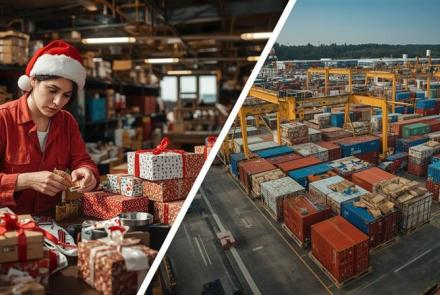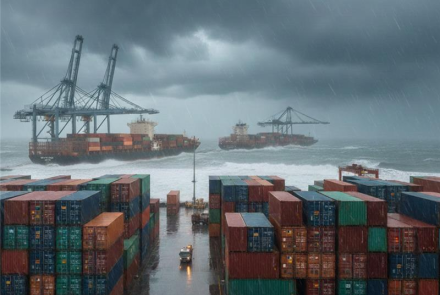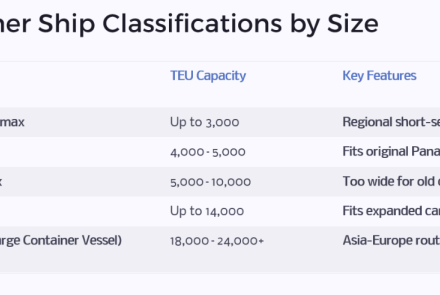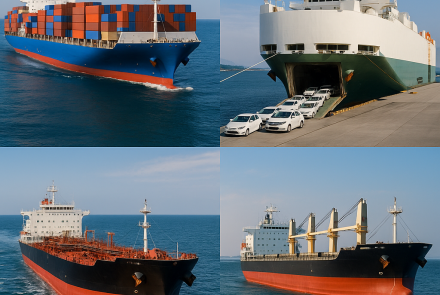Why switch to waterborne paint?
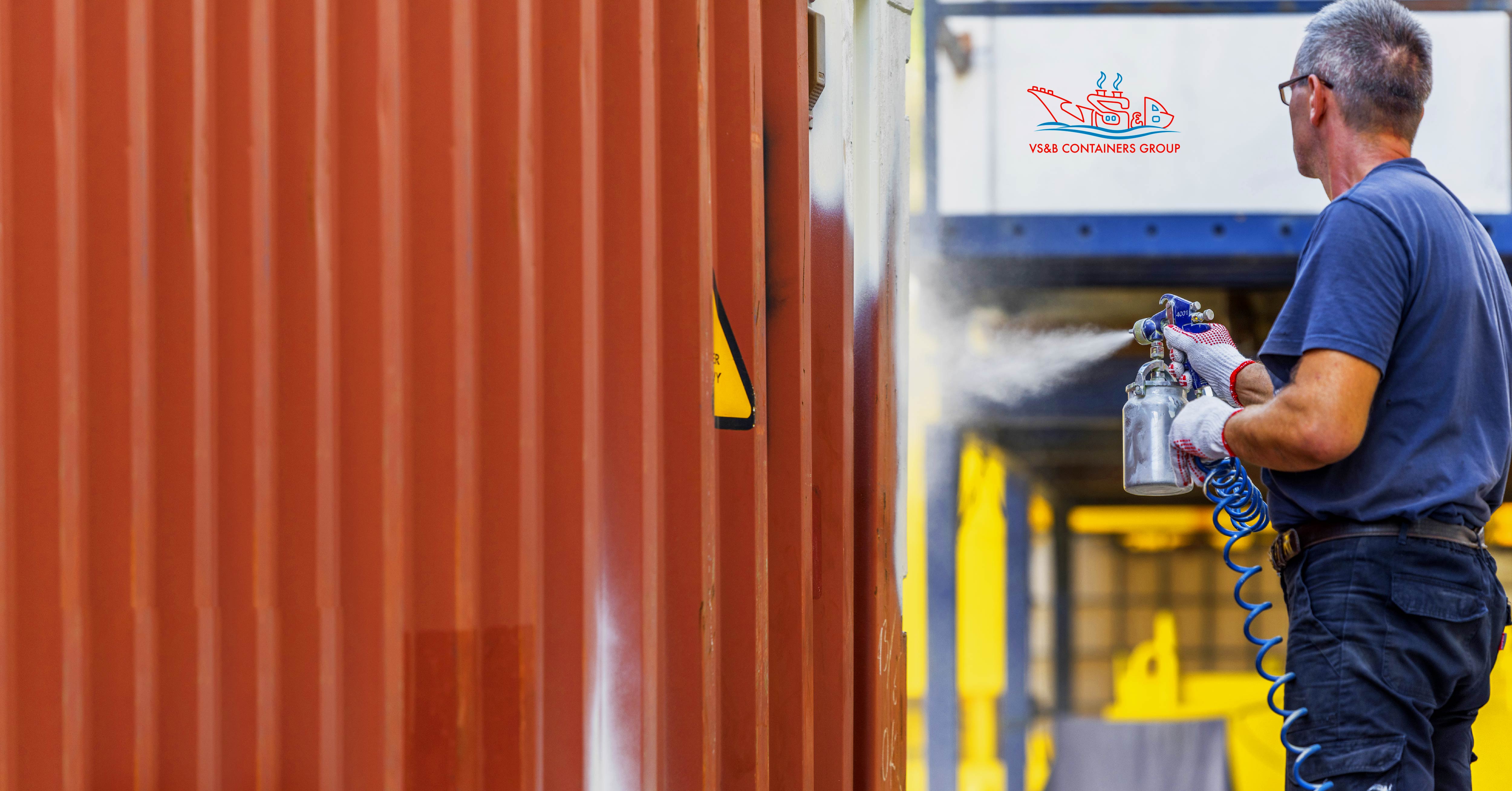
World-over, the thrust to propel a greener and pollution-free environment is gathering momentum. It has become apparent that only green and eco-friendly initiatives in all walks of life can render our world an ideal home for future generations to live healthily.
Let’s first understand the meaning of Waterborne Paints before discussing the topic in greater detail.
Waterborne paint or coat is a surface finish that employs water as a solvent to dissolve resins, binders, additives, and pigments to convey the mixture from the spray gun pot to the body surface to be painted. The actual composition varies and may consist of 80% water with minimal amounts of other solvents/thinners like glycol ethers. So as we can surmise, waterborne paint is not entirely water, but it mostly replaces a greater part of other solvents retaining approximately 10%. This composition of majority water and a small percentage of solvents act as carriers to transport the pigment from the spray gun pot. During curing time, water and solvents evaporate while the pigments and resins settle down on the surface.
We will now explore the benefits of switching to waterborne paints from solvent-based paints:
* Cleaner environment: Solvent-based paints comprise volatile organic compounds (VOC) that are polluting and injurious to health. It carries dangerous air pollutants like xylene, toluene, and methyl ethyl ketone. Waterborne paints pollute less, they satisfy clean air regulations and are less flammable and less hazardous.
* Employee well-being: Workers engaged in spray-painting will largely be free from exposure to hazardous emissions. Being less flammable and safe, waterborne painting shop floors ensure employee well-being reducing the chances of injuries and accidents.
* Economical: Compared with solvent-based paints, waterborne paints do not require thinners and other additives. It is observed that waterborne paints cover a larger area with the same quantity of paint compared with solvent-based alternatives. It can be preserved for longer periods in air-tight containers without affecting its structure and quality, thus protecting the inventory for future use.
* Durability: Waterborne paints withstand heat and extreme weather conditions, thus preventing corrosion build-up on the metal frame. They maintain the original finish for extended periods.
* Superior finish quality and natural colours: Waterborne paints deliver superior a gloss and finish with less dependence on clear-coat finishes to even out the surface for different layers. Upon drying, such paints exhibit truer and more natural colours.
Waterborne paints for shipping containers
Today, the waterborne coating is the industry norm for standard dry cargo containers. Container production lines had to phase out the traditional solvent-based coatings and shift to a more environmentally friendly waterborne coating system to meet new environmental regulations.
Container coating systems incorporate an epoxy zinc-rich primer which delivers excellent anti-corrosive protection. It provides high strength adhesion and durability to the middle coat that renders smooth adaptation between coatings.
Waterborne coatings on containers is an established process at all major production facilities. But the technology is still innovating, so manufacturers continue to employ ever newer techniques to improve the production process, workability, efficiency, and profitability.
There are certain specific reasons why a shift to the waterborne coating on shipping containers will prove advantageous:
* Its durability and protection against corrosion are equivalent to solvent-based paints.
* It is environment friendly with low levels of Volatile Organic Compounds (VOC).
* Fulfills environmental regulations in force.
* Aesthetic appeal, available in different shades of colours.
* Ensures safe practices at the workplace.
* Reduced presence of inflammable solvent content ensures safe storage and transportation.
The waterborne coating on containers does present challenges like overcoming issues like airflow and drying time which dictate the need to speedily extract the water content to prevent flash rusting. These challenges are being largely overcome today thanks to continuous endeavours by the paint companies and container manufacturers.
In conclusion, waterborne paints have proved to be practical and economical alternatives to solvent-based paints. They fulfil environmental regulations and accomplish improved safety and employee well-being at the workplace.
- Log in to post comments



